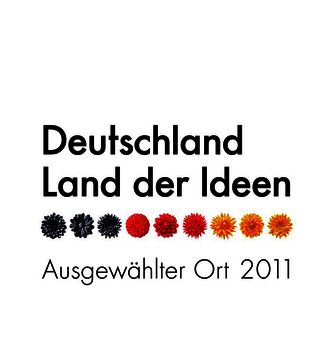Die gaschromatographische Dampfraumanalyse im Human-Biomonitoring (Headspace-Gaschromatographie)
Biomonitoring-Methoden, Konzeptionelle Themen
Michael Bader1Bernd Roßbach2
Thomas Göen3 (Leitung der Arbeitsgruppe „Analysen in biologischem Material“ der Ständigen Senatskommission zur Prüfung gesundheitsschädlicher Arbeitsstoffe, Deutsche Forschungsgemeinschaft)
Elisabeth Eckert4
Anja Schäferhenrich4
Stefanie Nübler4
Wolfgang Gries5
Gabriele Leng5
Jan Van Pul6
Wolfgang Will1
Andrea Hartwig7 (Vorsitz der Ständigen Senatskommission zur Prüfung gesundheitsschädlicher Arbeitsstoffe, Deutsche Forschungsgemeinschaft)
MAK Commission8
1 BASF SE, Corporate Health Management, Carl-Bosch-Straße 38, 67056 Ludwigshafen, Deutschland
2 Institut für Arbeits-, Sozial- und Umweltmedizin, Universitätsmedizin der Johannes Gutenberg-Universität Mainz, Obere Zahlbacher Straße 67, 55131 Mainz, Deutschland
3 Friedrich-Alexander-Universität Erlangen-Nürnberg, Institut und Poliklinik für Arbeits-, Sozial- und Umweltmedizin, Henkestraße 9–11, 91054 Erlangen, Deutschland
4 Friedrich-Alexander-Universität Erlangen-Nürnberg, Institut und Poliklinik für Arbeits-, Sozial- und Umweltmedizin, Henkestraße 9–11, 91054 Erlangen, Deutschland
5 Currenta GmbH & Co. OHG, CUR-SIT-SER-GS-BLM Institut für Biomonitoring, Chempark, Geb. Q18, 51368 Leverkusen, Deutschland
6 BASF Antwerpen N.V., Haven 725, Scheldelaan 600, 2040 Antwerpen, Belgien
7 Institut für Angewandte Biowissenschaften, Abteilung Lebensmittelchemie und Toxikologie, Karlsruher Institut für Technologie (KIT), Adenauerring 20a, Geb. 50.41, 76131 Karlsruhe, Deutschland
8 Ständige Senatskommission zur Prüfung gesundheitsschädlicher Arbeitsstoffe, Deutsche Forschungsgemeinschaft, Kennedyallee 40, 53175 Bonn, Deutschland
Abstract
The working group “Analyses in Biological Materials” of the German Senate Commission for the Investigation of Health Hazards of Chemical Compounds in the Work Area (MAK Commission) describes the current status of headspace-gas chromatography with respect to its potential applications in human biomonitoring. Particular focus is given to the review and discussion of newly developed methods for headspace sample collection as well as analyte enrichment. The article gives an overview on internationally published headspace methods for the matrices urine, blood, serum and plasma, existing assessment values for headspace parameters, background exposure levels in the non-occupationally exposed general population as well as half-lives of the most prominent hazardous substances measurable by headspace analysis. In addition, critical requirements for and possible pitfalls of the preanalytical phase and of the calibration of headspace methods are also discussed. The review shows that headspace methods have been continuously improved in recent decades and thus continue to make an important contribution to human biomonitoring of occupational and environmental exposure to volatile hazardous compounds.




